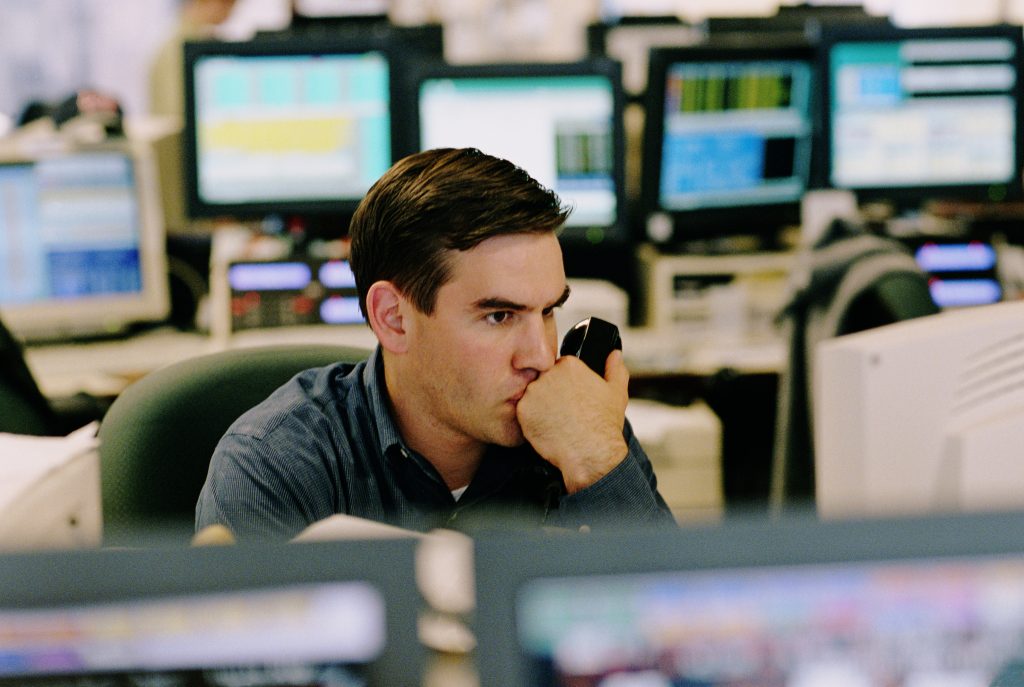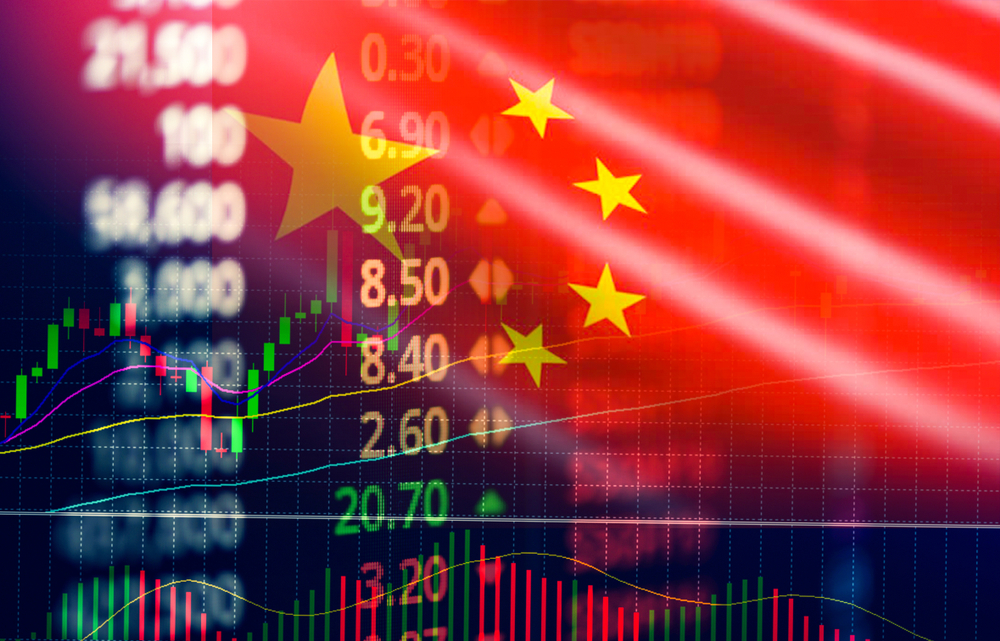Monthly Market Update | 18 October 2021
Seen from a bird’s eye view, the Fed has turned more hawkish in preparation to taper asset purchases. As a result, markets are now more prone to respond with volatility to rising risks, of which there’s no shortage: From soaring natural gas prices to impaired supply chains threatening consumers and businesses; from a new status quo underpinning the European common currency, to political obstacles for Mr Biden’s game-changing -proposed- stimulus.
Corporate earnings might have beat expectations and helped valuations down in the past three quarters, but projections going into the last part of the year augur stagnation. Meanwhile, governments are scrambling to pull back Covid-era employment measures and contemplate taxation increases, while the pandemic itself just entered its most dangerous season of the year.
And let us of course not forget Asset Tapering itself. The Fed has signalled it will be gradually reducing the amount of money it funnels into the markets. While still above non-QE returns, tapering has traditionally seen reduced the return for equities.
However, fact remains that for all the dangers out there, both pullbacks did not evolve into full-blown corrections and didn’t last for more than a couple of days. This just confirms that there’s a lot of liquidity looking for returns, and with bonds yielding negative real returns (yield minus inflation), equities are still the preferred asset for allocators.
Acknowledging the risk buld-up and the fact that we are entering a period when equity returns might wind down, weighed against the overall willingness to ‘buy the dips’, our investment committee reduced our equity exposure from ‘slight overweight’ to ‘equal weight’. As long as the Fed is still purchasing assets, it makes little sense to be underweight equities. But we can take some profits off the table and put them into safer assets (like gold and short-term bonds) to protect against the probability that any of those risks might trigger a wider correction.
George Lagarias, Chief Economist

















Comments